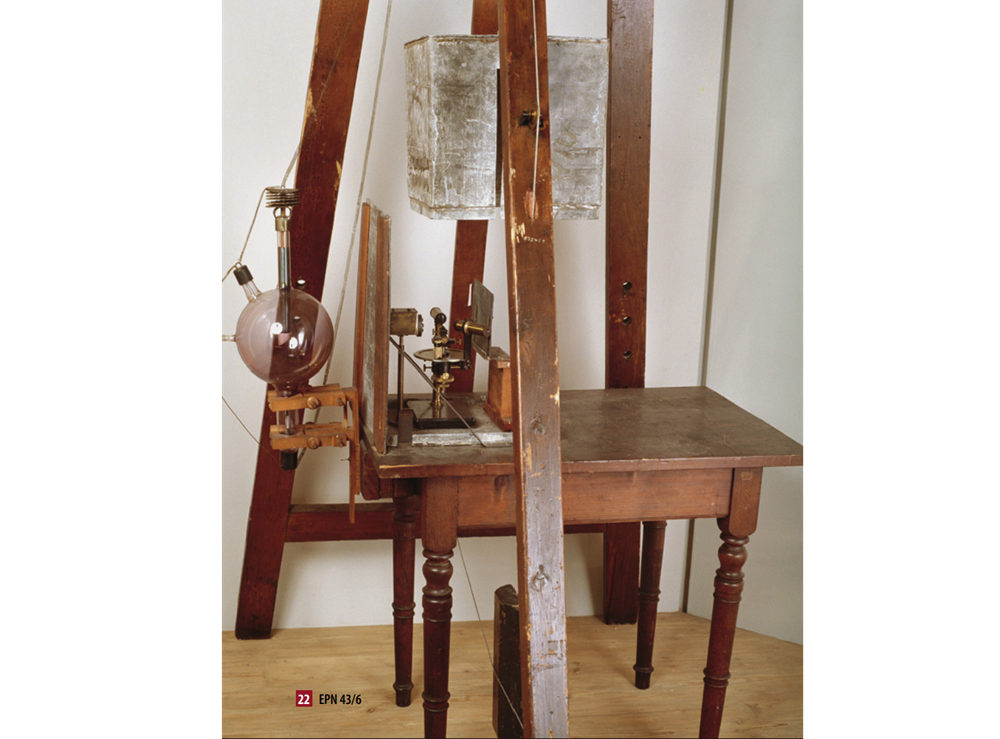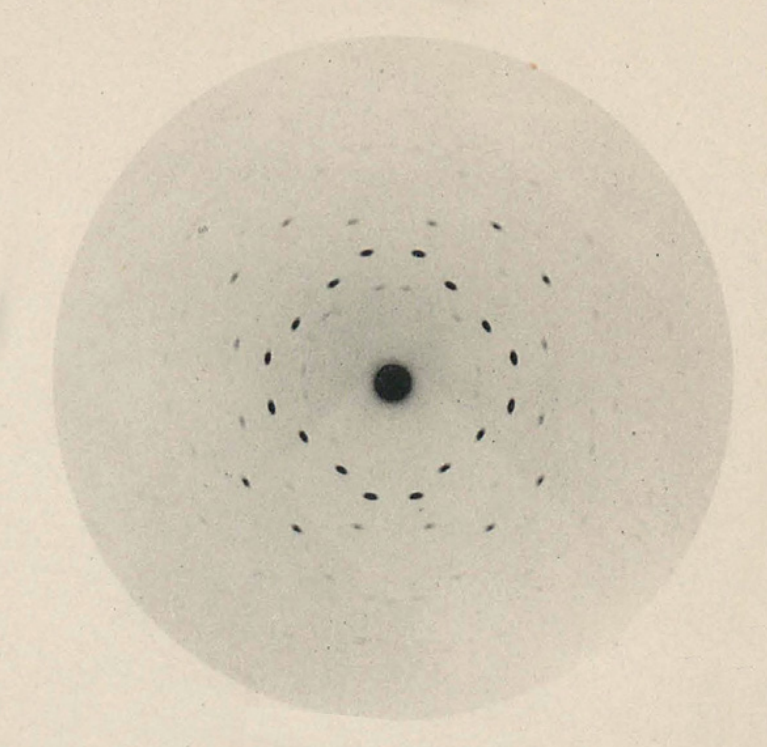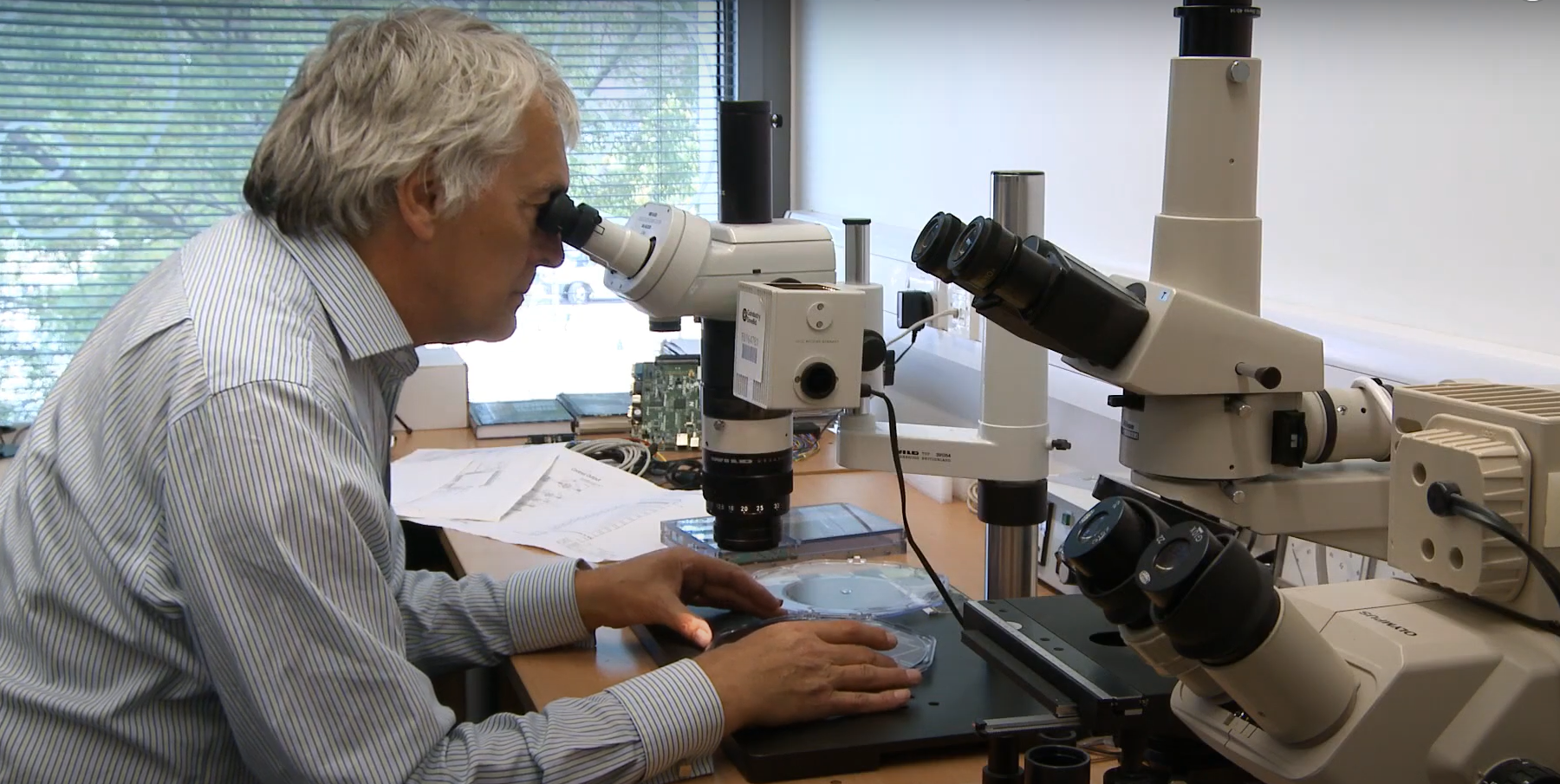X-ray Diffraction (XRD) and Max von Laue: A Pioneering Discovery
As we celebrate the work of Max von Laue ( born 9th October 1879), the German physicist whose 1912 experiments launched X-ray diffraction into the scientific spotlight, we will take a look at XRD and consider: what is XRD, how it can be used and what a Laue pattern means, and why this technique remains essential across science and industry.
Max von Laue (1920; Image courtesy of Nobel Prize Foundation)
“Just an idea: take a crystal, surround it with photographic plates, and direct a pencil of X-rays at it, perpendicularly. It was one of those thrilling ideas that made new science. Max Laue was the proponent, in April 1912.” Ref.1
The original set-up as used by Friedrich and Knipping to see the effect of X-rays on a copper sulfate crystal. From left to right on the table: Röntgen bulb, lead foil, collimator, round turntable with the crystal at its centre and an enveloped photographic plate. This can be viewed at Deutsches Museum, München (image courtesy of Deutsches Museum).
As we celebrate the work of Max von Laue ( born 9th October 1879), the German physicist whose 1912 experiments launched X-ray diffraction into the scientific spotlight, we will take a look at XRD and consider: what is XRD, how it can be used and what a Laue pattern means, and why this technique remains essential across science and industry.
What is X-ray diffraction (XRD) and why it matters?
In simple terms XRD happens when a beam of X-rays hits a crystalline material, the atoms act like a three-dimensional diffraction grating. The scattered X-rays interfere with each other, producing a pattern that encodes the crystal’s atomic arrangement.
How we read the pattern: by measuring the angles and intensities of the diffracted beams, scientists can deduce how atoms are arranged within the crystal. It’s like decoding a fingerprint left by the crystal’s internal structure.
What are the core uses of XRD?
Phase identification: determining what material or compound a sample is made of, by comparing its experimental X-ray diffraction pattern to a reference database.
Crystal structure determination: uncovering the exact arrangement of atoms in crystals.
Lattice parameter measurement: measuring the dimensions of the crystal's unit cell.
Crystallite size and strain analysis: characterizing imperfections and internal stresses.
Materials science (metals, ceramics, semiconductors), chemistry (identifying crystalline phases), geology (minerals), and pharmaceuticals (polymorphs in drugs).
Max von Laue and his contribution to the discovery of XRD
The discovery: X-ray diffraction was experimentally demonstrated by Max von Laue in 1912, showing that X-rays have wave-like properties and that crystals possess a periodic atomic structure. For more detail on the process which led to Laue’s discovery of XRD read: ‘A tribute to Max Von Laue’ by Henk Kubbinga, University of Groningen (The Netherlands)
The Nobel Prize: Laue was awarded the Nobel Prize in Physics in 1914 "for his discovery of the diffraction of X-rays by crystals"
The Bragg connection: Shortly after, father-and-son team William Henry Bragg and William Lawrence Bragg developed Bragg’s Law, which provides the mathematical framework for how X-rays are diffracted by crystal planes. They shared the Nobel Prize in Physics in 1915 for their contributions to X-ray crystallography.
Laue’s discovery revealed the phenomenon; the Braggs turned it into a practical tool for understanding crystal structures.
What is a Laue pattern?
The first photogram of an 001 platelet of ZnS as made by Friedrich, Knipping and Laue
A Laue pattern is a diffraction pattern that appears as a symmetrical array of spots on photographic film or a sensor/detector, rather than a continuous ring or arc.
What the spots represent. Each spot corresponds to diffracted X-rays from specific sets of atomic planes within a single crystal sample.
What the pattern tells you. The arrangement and symmetry of the spots reflect the crystal’s symmetry and orientation. By analysing the pattern, you can determine:
o Crystallographic orientation: which direction the crystal is facing.
o Crystal symmetry: the inherent symmetry of the crystal lattice.
How is the pattern produced? Depending on the setup, the pattern might be captured on film or a detector placed behind the crystal (transmission Laue) or in between the crystal and the X-ray source (back-reflection Laue). The exact appearance depends on experimental geometry.
For a broader perspective that ties together X-ray crystallography, X-ray diffraction, and CMOS sensor/detector technology in a real world context check out this interview with, ISDI co-founder Nigel Allinson MBE who looks at future applications for X-ray crystallography, X-ray diffraction, using CMOS detectors in the context of power diffraction for medicine authentication using X-ray imaging technology:
Conclusion:
· X-ray Diffraction (XRD) lets us see how atoms arrange themselves inside crystalline solids by watching how X-rays scatter.
Laue’s 1912 experiments were a turning point—showing that crystals diffract X-rays—and set the stage for the Braggs’ mathematical and experimental refinements.
For more information about ISDI image sensors for use in X-ray diffraction and X-ray crystallography contact ISDI on inquiries@isdicmos.com
REFERENCES
1. For more detail on the process which led to Laue’s discovery of XRD read: ‘A tribute to Max Von Laue’ by Henk Kubbinga, University of Groningen (The Netherlands)
2. For a clear video explanation of XRD: https://www.youtube.com/watch?v=QHMzFUo0NL8




